Gossip Rant Chat Wa gwan Breaking Scandal Hot off the press Bulletin Dispatches Nachrichten
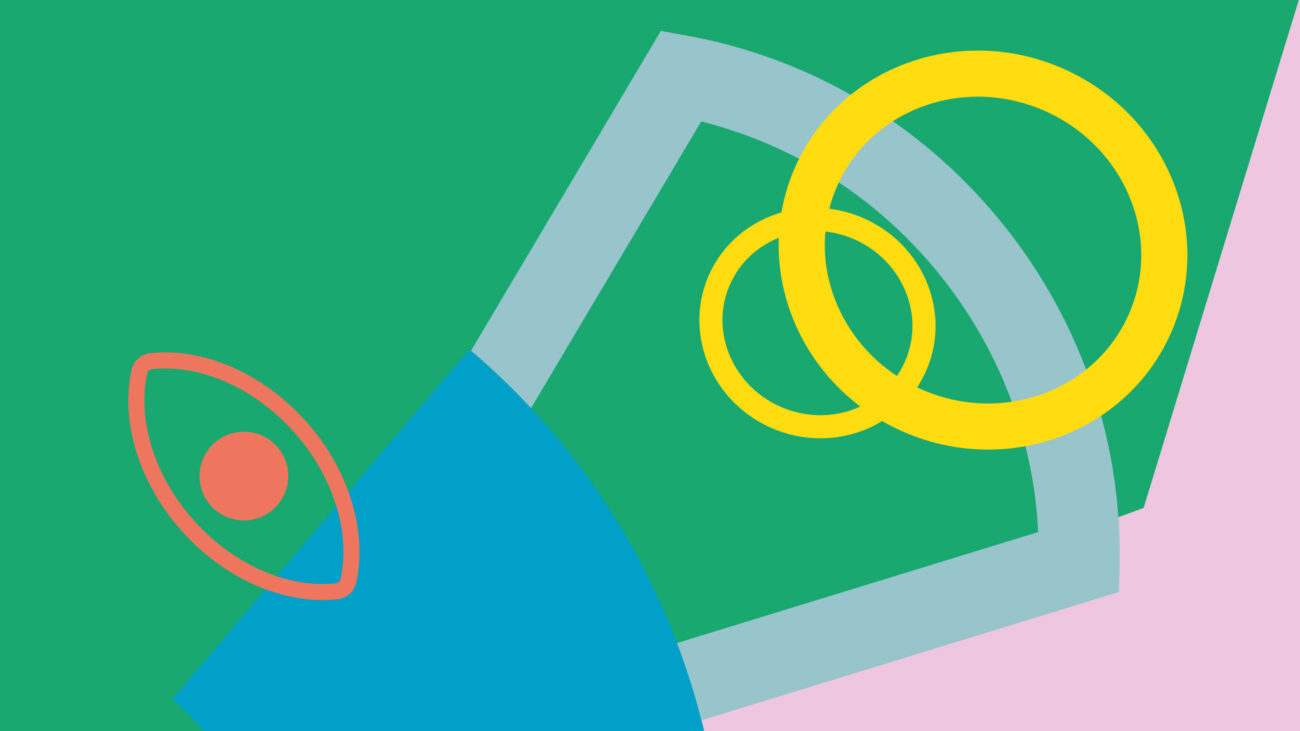
Machines aren’t replacing humans. They’re adding to them.
What is generative design? It’s more than automation, more than connected processes. It’s a set of technologies and methods, yes, but it’s also a way of thinking—a mindset that combines the abilities of machines and humans so that the whole is more than the parts. Not an either/or … but an AND. So what can this “and” add to your business?
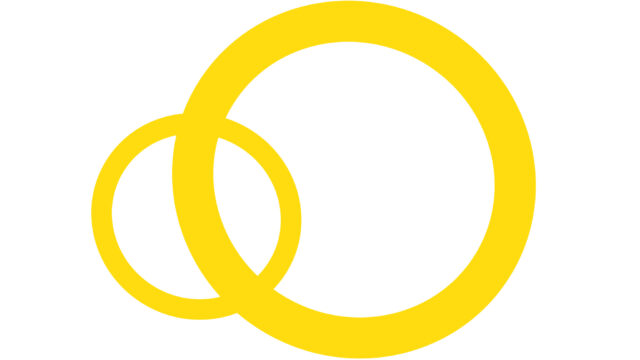
A single API gives rise to a vast ecosystem of apps. Smart algorithms recommend long lists of titles on Netflix, Hulu, Amazon Prime. Crowdfunding connects good ideas to a marketplace of millions. Sifting Big Data lets us understand customer behaviour and find new selling opportunities.
Every market innovation creates a space of fresh possibilities, new sources of value. Mobile technology has further broadened that huge abundance of choice, putting the knowledge of the world in our pockets. And as intelligent connectivity solutions like 5G take over, the numbers get exponential, each “possibility space” connected to every other. You might think this would make being in business easier. In fact, it’s harder.
Because while this superabundance invariably makes our lives better, it doesn’t make them simpler. And that’s a problem for those of us in business, who have to anticipate the hopes and dreams of millions of consumers—and address them. The applied thinking and judgement needed to extract business value from that space remains rare.
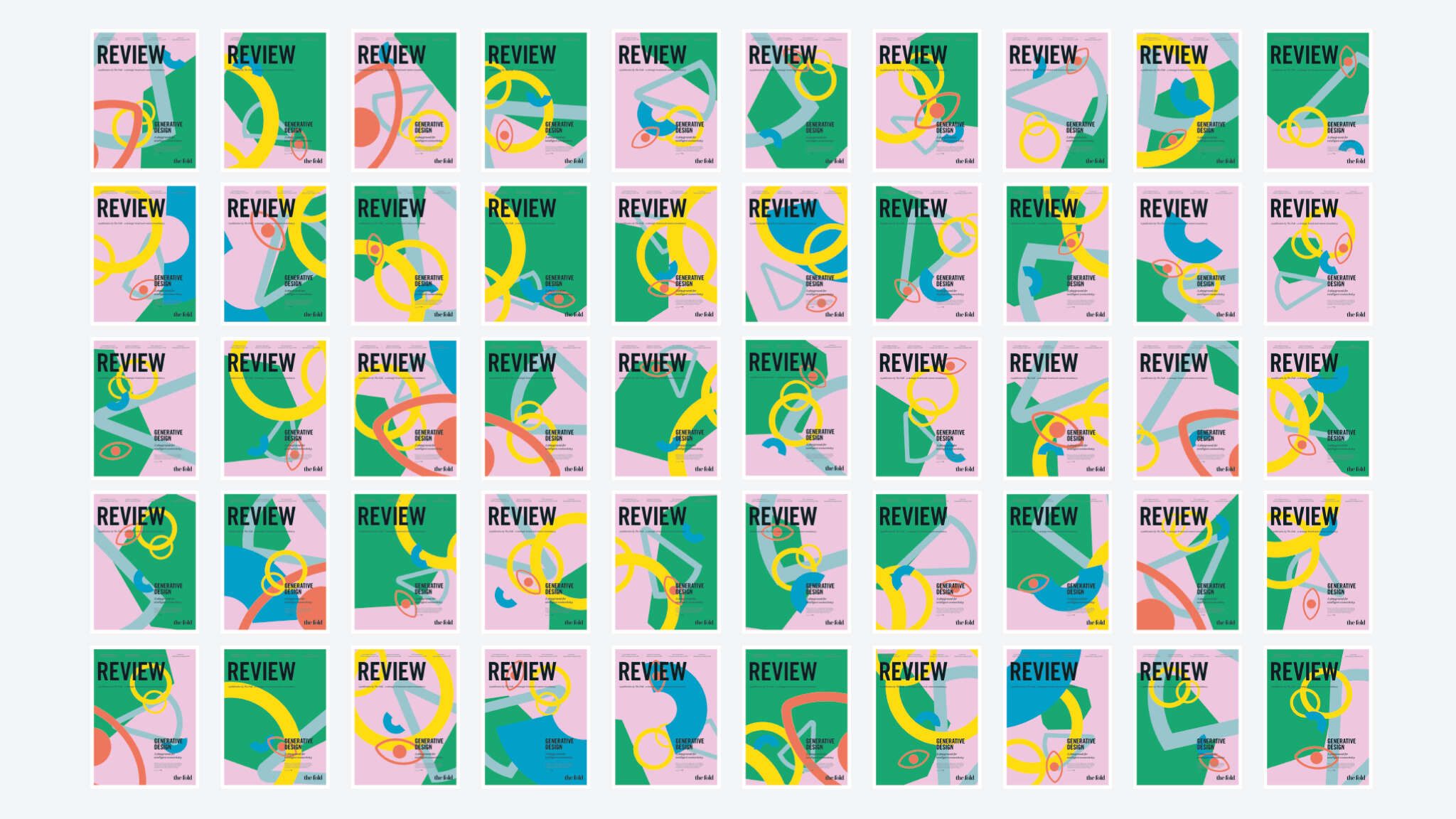
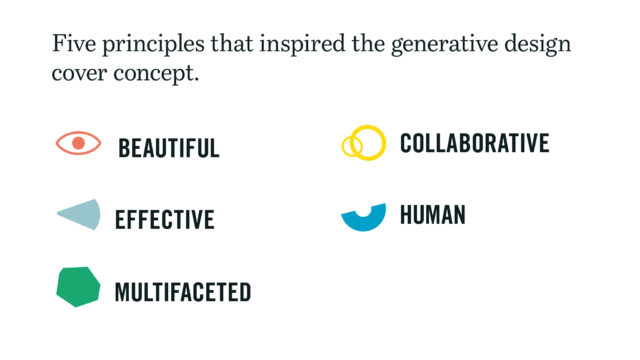
For an example, turn back to the front cover. That piece of art is yours, and yours alone. No other copy of this newspaper has the same one. But we didn’t employ a thousand artists to create them all: your unique cover wasn’t drawn by humans, but by software. Software that takes a small set of initial conditions (“parameters”) and generates the multitudes of variations they enclose within their maxima and minima. It’s called generative design.
It may sound complex. But it’s no different in principle to the way every snowflake is different, or no two trees look quite the same. (Despite every snowflake and English Oak sharing common characteristics.) And generative technologies aren’t new, either. Geniuses like Stephen Wolfram (creator of “Mathematica”) have written vast books about them; Chaos Theory has been around for decades; the “procedurally-generated” planets in video games like “No Man’s Sky” are a direct descendant of graph paper pastimes like John Horton Conway’s “Game of Life.” The principle: set a few ground rules, and let the algorithm do its thing.
But there’s a problem. Of the huge variety of front covers the software generated, not all were recognisably “art.” In fact, only a small number were. So which variations we used was decided by a human. (Which explains why our Creative Director looks so bleary-eyed.)
While HP’s SmartStream D4D—the app The Fold used—is a smart piece of software, it’s not human smart. The same applies across a spectrum of “intelligent” apps. Chatbots. Non-player characters. Self-driving cars. Facial recognition algorithms. They’re solving vast numbers of problems—but no matter how intelligent computers get, they’ll never be human.
(Have you ever seen a joke written by a machine? Or a novel?) And you know what? That’s a good thing.
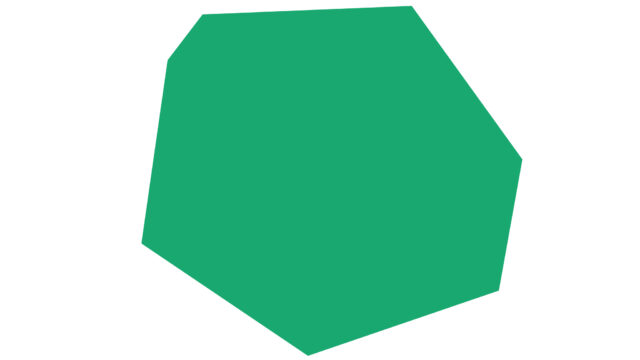
Because by combining our critical thinking and judgement as living, breathing, feeling human beings with the bandwidth, data, and applications of intelligent connectivity, any conflict between human and machine abilities can be avoided. Not man versus machine—but man plus machine. (And, obviously, women too.)
Our $1,000,000 bet: even if machine intelligence reaches the same level as the Homo Sapien, it won’t have the same capabilities. Because the form factor is different. A machine won’t ever experience the world the same way humans do.
We know this because even humans don’t all experience the world the same way. Some humans “see” colours and aromas as matching pairs. Blind people dream in audio. For some people, inner monologue is a voice forever nattering away; for others, it’s a series of ideas unclothed in verbiage. “Neurodiversity” is as far-ranging as genetic or cultural diversity. So let’s embrace that diversity, and use it!
Absolut Vodka used generative design to wrap its bottles in a superset of beautiful designs. Guto Requena’s “Samba” furniture brings wavelike forms to a bar stool. Architects use AutoDesk to iterate thousands of versions of building structures.
But in every case, a human oversees the process, saw what worked, and gently manoeuvred towards the best solution, using his or her experience and skill. The human factor.
The pointy bit:
While generative technologies open up possibilities, it’s up to us to find—and use—the potential they contain. In an infinite universe, not everything is worth pursuing. How should you communicate to a new market? How do you know if there is a market? What colour should your logo be? What colour should anything be? What makes that block of text a delight to read, or that brochure more inviting than everyone else’s? Why do some headlines tug at your heartstrings while others feel like being slapped with a haddock?

These are decisions your brand and business depend on, each “right” answer surrounded by thousands of others that aren’t as good.
And finding the right ones is hard. Only the human factor can do it.
So how do we put that human factor to work, and make man + machine produce results for you? We don’t have all the answers. But we’ve found a few of them.
CONCLUSION
Generative design is a playground of possibilities. But sorting and sifting those possibilities into creative work that communicates your brand to your audience isn’t down to the algorithms.
At The Fold, creative work remains a human process; the designer’s skill and judgement is what really matters, however much innovative technology we use to unleash his/her potential. Intelligent connectivity—from 5G broadband to 64-bit phones to Big Data—doesn’t replace human ingenuity; it enhances it.
Those possibilities—and the results they drive—are available to you.